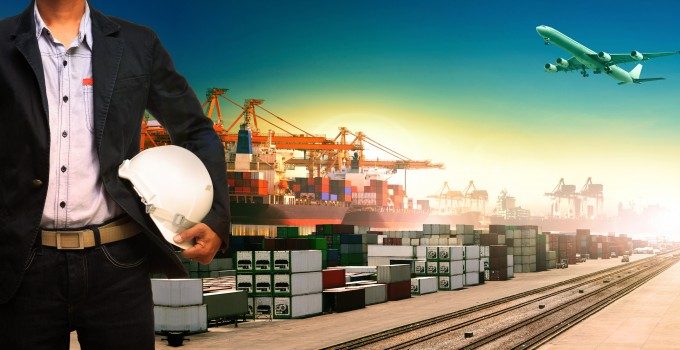Blankety Blank – a commercial or structural game?
Trans-pacific and Suez hold the answers

The average load factor of containerships across global trades is falling in the face of an oversupply of tonnage and weak demand, making attempts to reverse freight erosion through general rate increases (GRIs) almost impossible.
According to an analysis of the first quarter by Drewry, the ...
Keep our news independent, by supporting The Loadstar
Four crew members still missing as Wan Hai 503 continues to burn
Explosions and 'out-of-control' fire reported on Wan Hai box ship
Carrier price hikes hold, driving spot rates higher as space gets scarcer
Predatory rivals circle as the ripples from DSV's Schenker buy widen
MSC Elsa crew face criminal probe, as Wan Hai 503 firefighters battle on
'It's driving us mad', say forwarders as US court fails to end tariff turmoil
Transpacific rates ease as capacity boost proves too much for trades to digest

Comment on this article
Chas Deller
July 13, 2015 at 4:45 pmSuggest you also look at the relative decline
in fuel costs year on year. The conditions
(ilwu/pma)and cost structures (lower fuel)
for carriers were far different for carriers
in 2014 than in the first half of 2015. Indeed
tpeb east coast
spot rate levels soared during the ilwu issues.
So whilst carriers do indeed drive rate levels
to be ‘competitive’ and to grab share they
also control the amount of capacity in the market
and are able to exploit the opportunity gap
when they can.